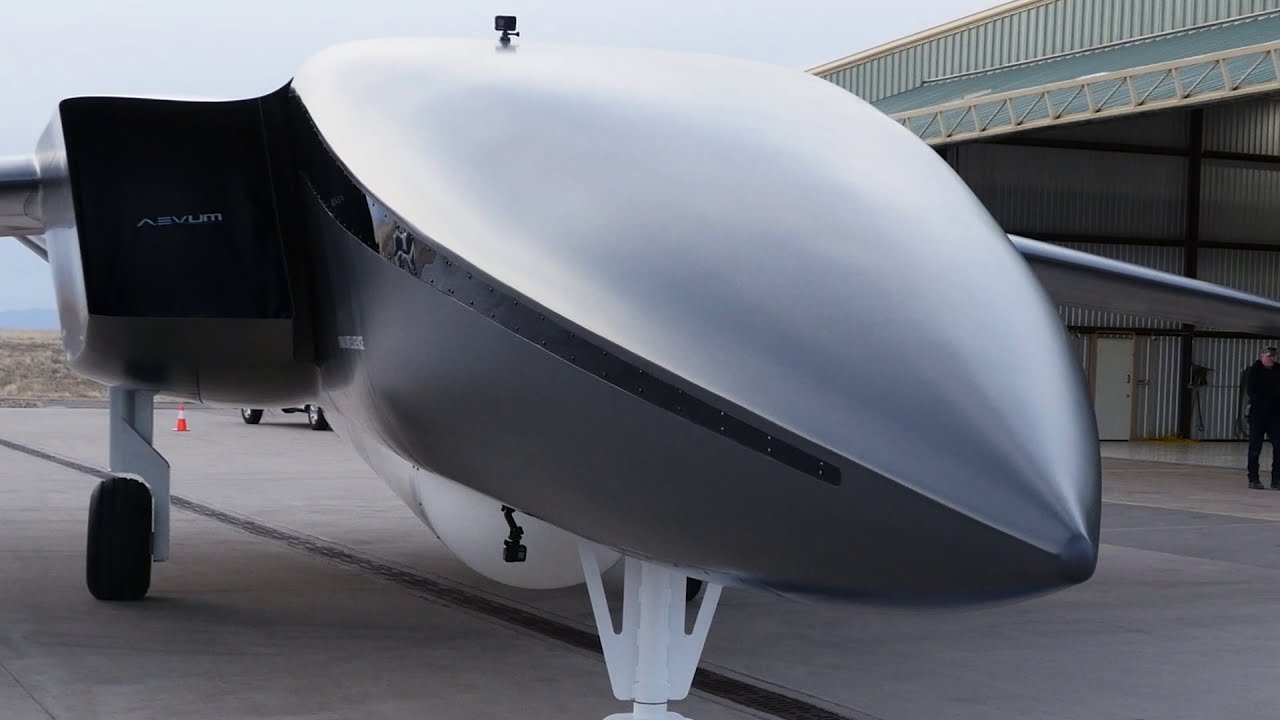
The carrier aircraft for an air launch is already a blank for the first stage of the aerospace complex. He is able to lift the rocket unit from a conventional runway, return to the airfield based on the thrust of its own engines, land on the runway, if necessary, make a repeated approach or go to an alternate airfield
Air launch offers several advantages:
The energy of the carrier aircraft in the form of the achieved altitude and speed is added to the energy of the launch vehicle;
, , ;
- , .
- Pegasus/Pegasus-XL (~ 20 , 250 500 ).
, (L-1011 Tristar, B-747 ) ( ~ 250 / , - 10 ). , , - .
.
-( !), ( , , ).
( ), , , (+ ). Aevum, RAVN-X.
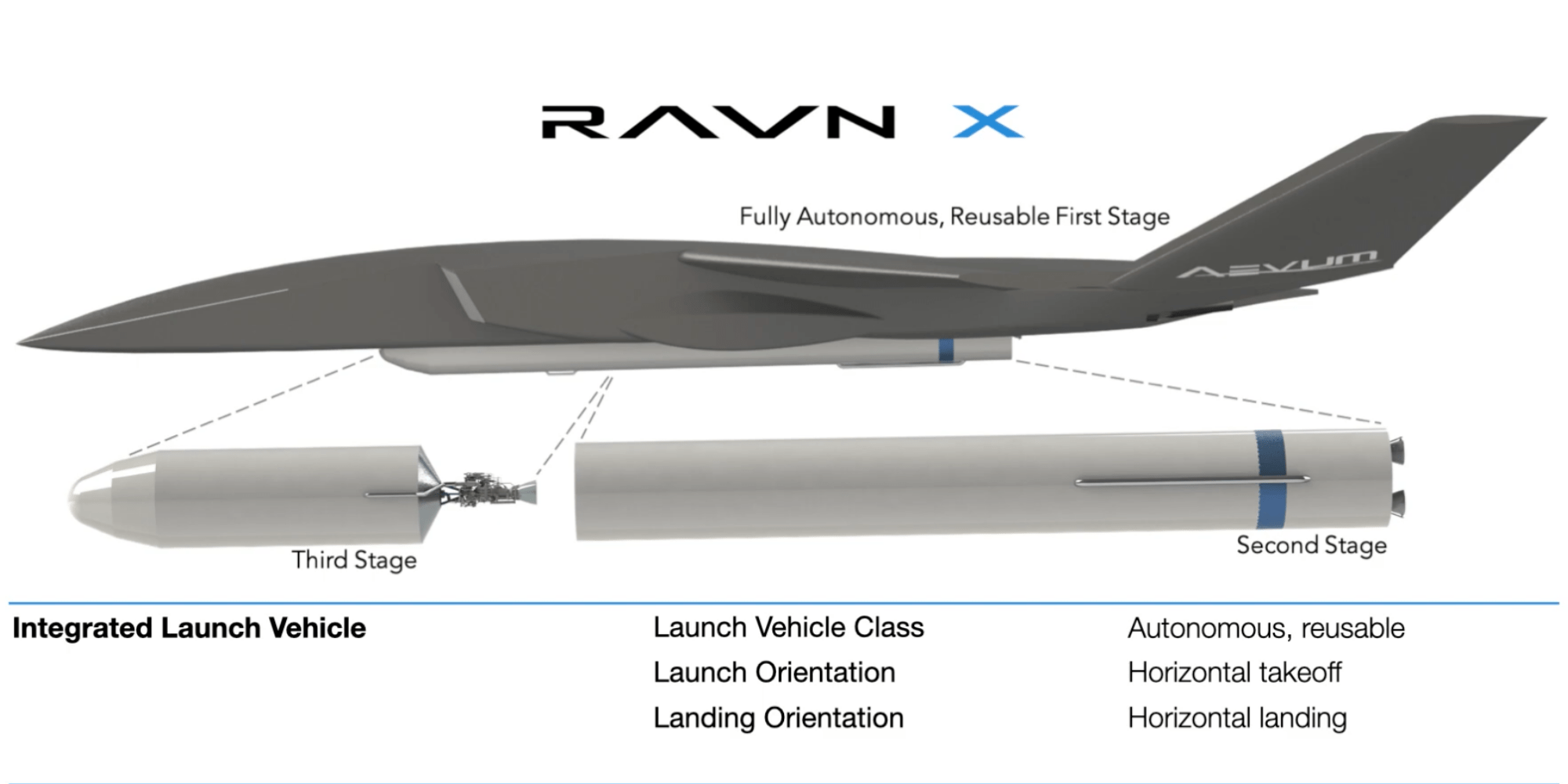
25 - 20 260 /. ~ 100 .
- , / . - RASCAL(Responsive Access Small Cargo Affordable Launch) - (F-4 Phantom F-15), , - .
MIPCC (mass injection pre compressor cooling) (, - - , ), :
, ( )
, -
,
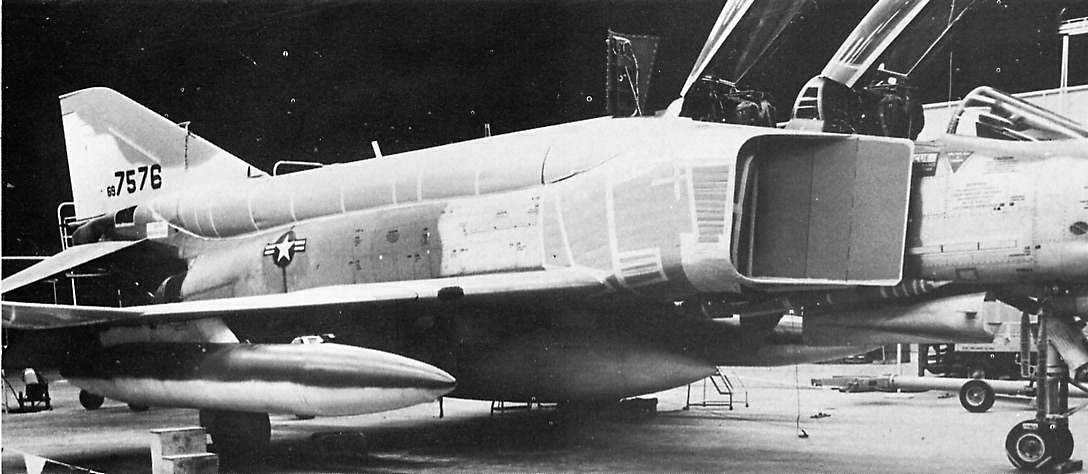
NASA , M = 2 H = 12 M = 2,55(+ 150 /) H = 18
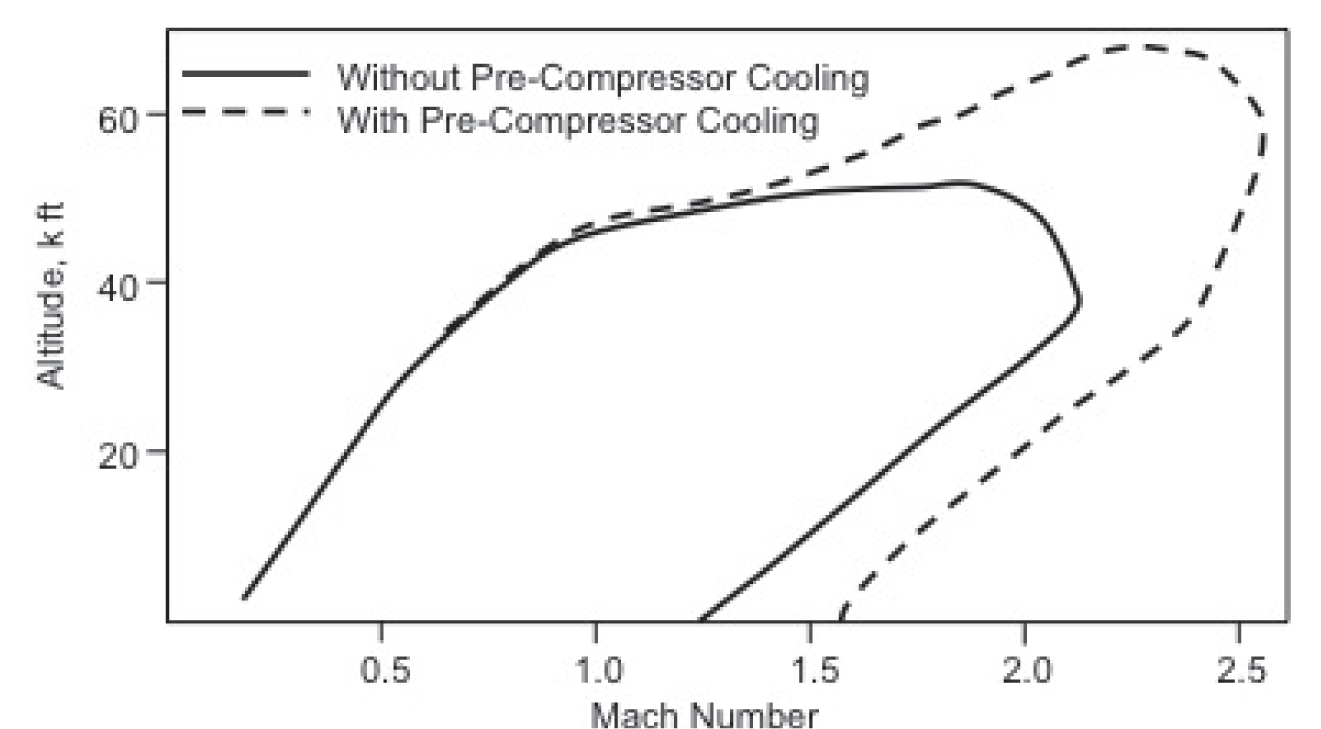
~ 75-80 100 * 500 ( , ).
"" RAVN-X, , M = 0,92 M=2,55. 18 . 0,41% 0,44%
- , .
, - , ,
, . , "" M ~ 3,5 - 3,75 .
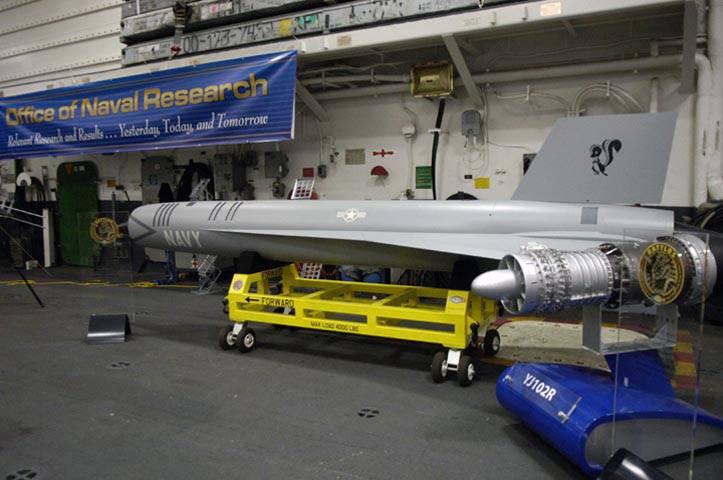
HiSted RATTLRS, Lamilloy - , , ,
"" - -, - . ( ), (, , )
About how an "aviation" reusable stage can look like, in what cycle the engine of this stage can operate and what characteristics it can provide - in the next post.